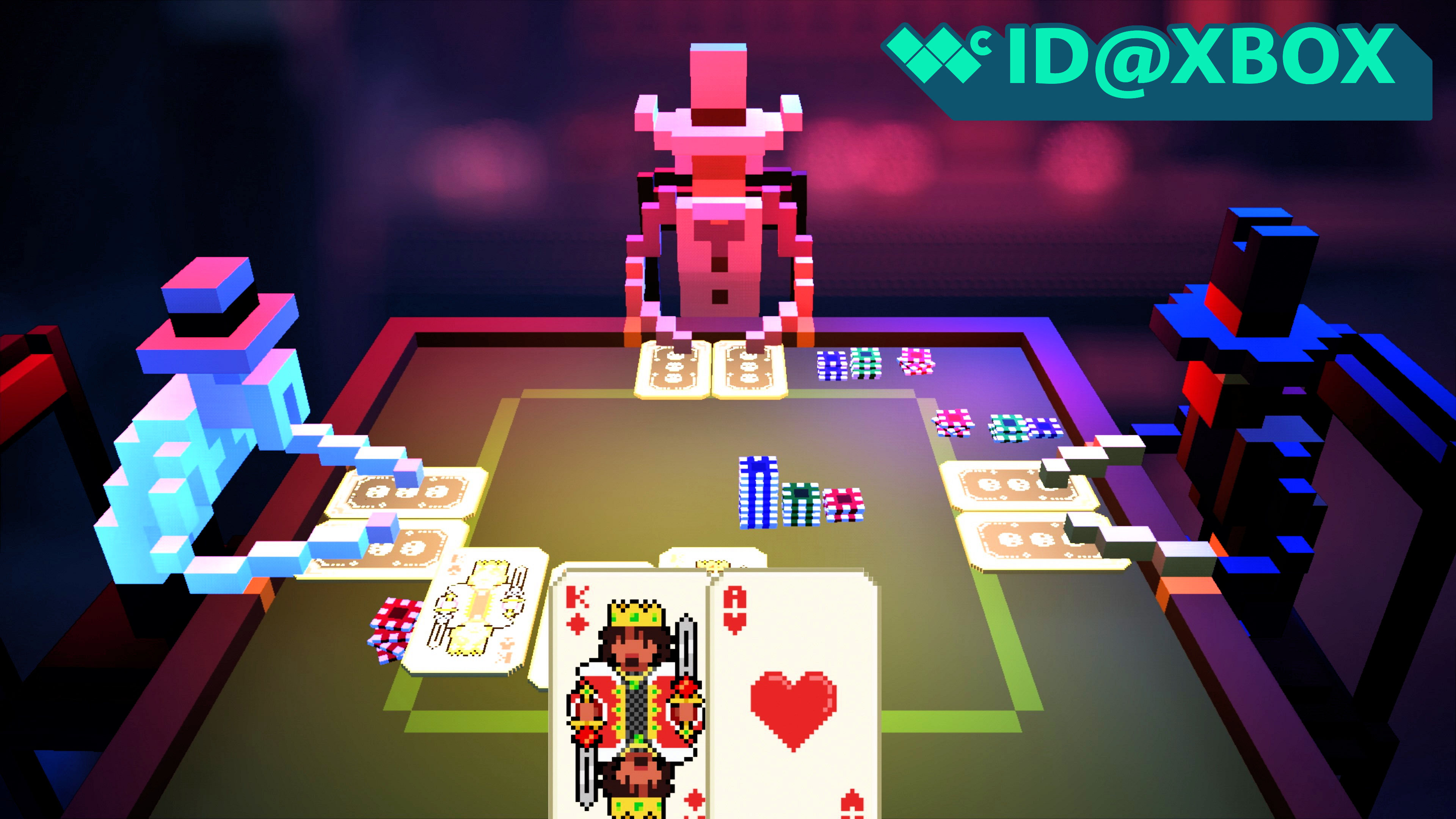Microsoft Studios' Brian Stone on how Crackdown 3 leverages the cloud
Crackdown 3's most noteworthy feature is its cloud-processed destruction physics. We caught up with Microsoft to learn how it all works.
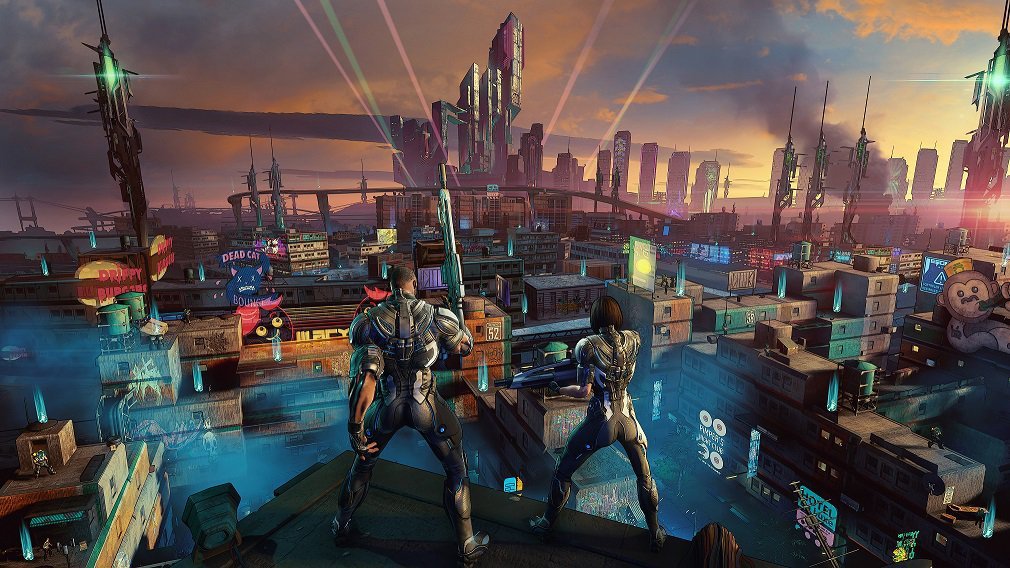
Crackdown 3 targets a February 15, 2019 launch date, complete with separate campaign and multiplayer competitive modes. The multiplayer modes, dubbed "Wrecking Zone," take place in a virtual arena dotted with gigantic explosive-filled skyscrapers, huge twisting sci-fi walkways, and electrified pitfalls. Notably, every chunk of these arenas can be destroyed by players, offloading physics computations to Microsoft's Azure cloud.
Leveraging Azure, multiplayer matches in Crackdown 3 utilize massive amounts of additional processing power beyond your base Xbox or PC, bringing persistent, dynamic physics-based destruction across sizeable urban-industrial-style maps. Last week, we talked to Microsoft about how it all works, and the implications it could have for the future of gaming.
Technical marathon
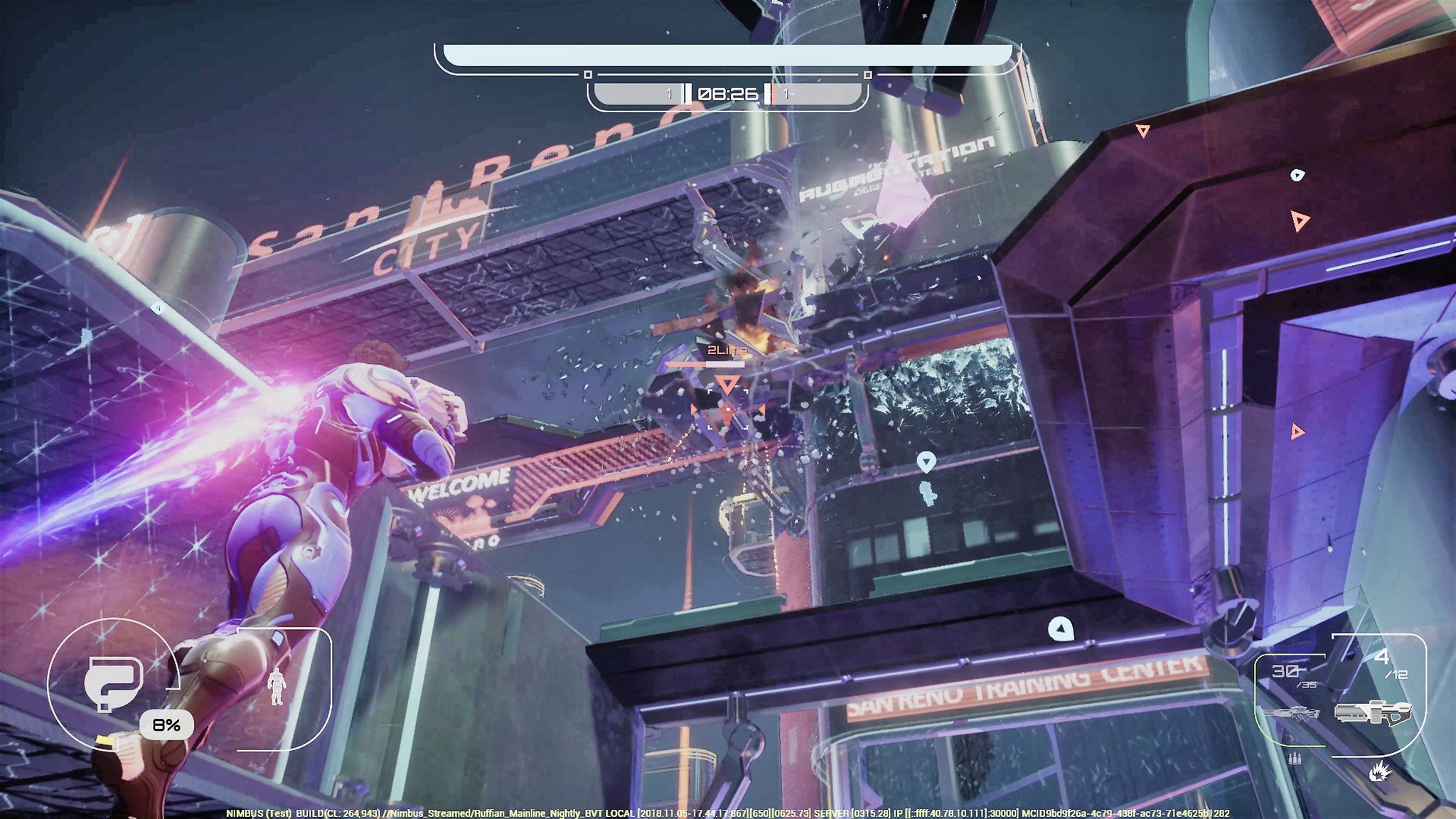
Getting Crackdown 3's Wrecking Zone into a playable state sounds like it has been a gargantuan task for Microsoft. We spoke to Brian Stone, Microsoft Studios' head of engineering, to learn a bit more.
Crackdown 3 has traversed various incarnations since the early demonstrations in 2014. The original prototype showcased grey isometric shapes spilling out of a featureless, monochrome building. Today, we have towering neon skyscrapers with fully destructible building blocks, right down to the foundations.
Stone impressed the technical grind required to get Crackdown 3 to where it is today, and how Cloudgine, Ruffian Games, Reagent Games, Sumo Digital, and Certain Affinity all collaborated at various stages of the project on a very particular vision: completely destructible environments, offloaded to Microsoft's Azure cloud.
Microsoft encountered a range of unforeseen technical challenges as a result of that vision. Stone gave us some further insight into how the tech works, and a glimpse at the depths of complexity Microsoft's team had to deal with in order to get these features to work. From him:
Collectively, a lot of people working on the vision for the game at that time had made this bet — something that's always been true of Crackdown: you're this badass guy or woman, this character who can just light shit up. 'What if we actually made that real? What if we made a space where everything you shot at was destructible?' We knew we couldn't do that online if we limited ourselves to just the console client that you have in your living room. [But] what if we did physics in the cloud?Two years of pure engineering work to ... actually show something, all just tech. The ability to distribute computation across multiple servers, and because objects can get thrown from one spot to another, seamlessly hand off ownership of every chunk from one server to another without dropping a frame. Marshalling that data to the game server, and then from there to the client, that was a lot of hard work. Being able to dynamically scale the amount of servers we throw at the problem, so that we're not spending compute unnecessarily. That when you're starting out, only a few cores are needed, and then as destruction scales up, depending on what's happening, we can dynamically throw more cores at the computation.
The demo Stone was referring to was the above clip from Build 2014, which shows how physics calculations done over your internet connection can vastly increase the processing capability for what you see rendered on your home console. We were told that Crackdown 3's Wrecking Zone can use anything up to and beyond 12 times the power of a base Xbox One X.
All the latest news, reviews, and guides for Windows and Xbox diehards.
Stone noted how Microsoft's on-going investments in datacenters and Azure hardware upgrades have helped mitigate some of the potential issues.
There are some problems that we would have had in the past, that we don't have anymore. There used to be regions where we just had unacceptable ping times. It doesn't happen anymore. We were worried about population density, from an Xbox install base perspective, so we had to think about transferring server control from one data center to another. Investment in data centers has solved that.
So how does it all work?
Those concerned that Crackdown 3 will need some kind of advanced internet service package or additional data bandwidth to run properly can rest assured that it works the same way any other multiplayer game would. Still, getting Crackdown 3 into a position where it wouldn't overwhelm your data caps also represented some hard technological challenges. Stone explained:
When you have thousands of fractured chunks all blowing up simultaneously, you don't just have a problem of how to spend enough server compute to simulate the physics. You also have the problem of, 'How do I get all of that data down to the client?'There is some local prediction that has to happen. So that when you jump, there's not a round trip to the server and back. Anything literally local to you, that you collide with, needs to be predicted on the client. [T]here is some magic happening on the client, so that it feels as responsive as possible. [W]hatever is happening on the server, across multiple cores of physics work, gets marshalled onto a game server, and then there's a whole other set of compute that gets applied to compressing that, using some very sophisticated compression. We then send that compressed stream to the client, then the client decompresses, and renders the information as graphics. That 10 second description represents two year's worth of hardcore programming work.
Crackdown 3 as a foundation
Stone offered a developer quote to describe Crackdown 3 from an engineering perspective, "It takes you half the time to do 90 per cent of the work, and then it takes you the other half to do the last 10 percent." I inquired about whether or not this tech could be applied beyond Crackdown 3's Wrecking Zone, perhaps to other Microsoft or even third-party titles as a sort of middleware suite, like Microsoft's Simplygon and Havok software. Stone said:
I certainly hope it gets applied to other games in the future. Right now, my head is 100 percent focused on Crackdown. [B]ut absolutely, my hope is that when we've proven that this is possible, not just show it, that other developers will pick it up and run with it.
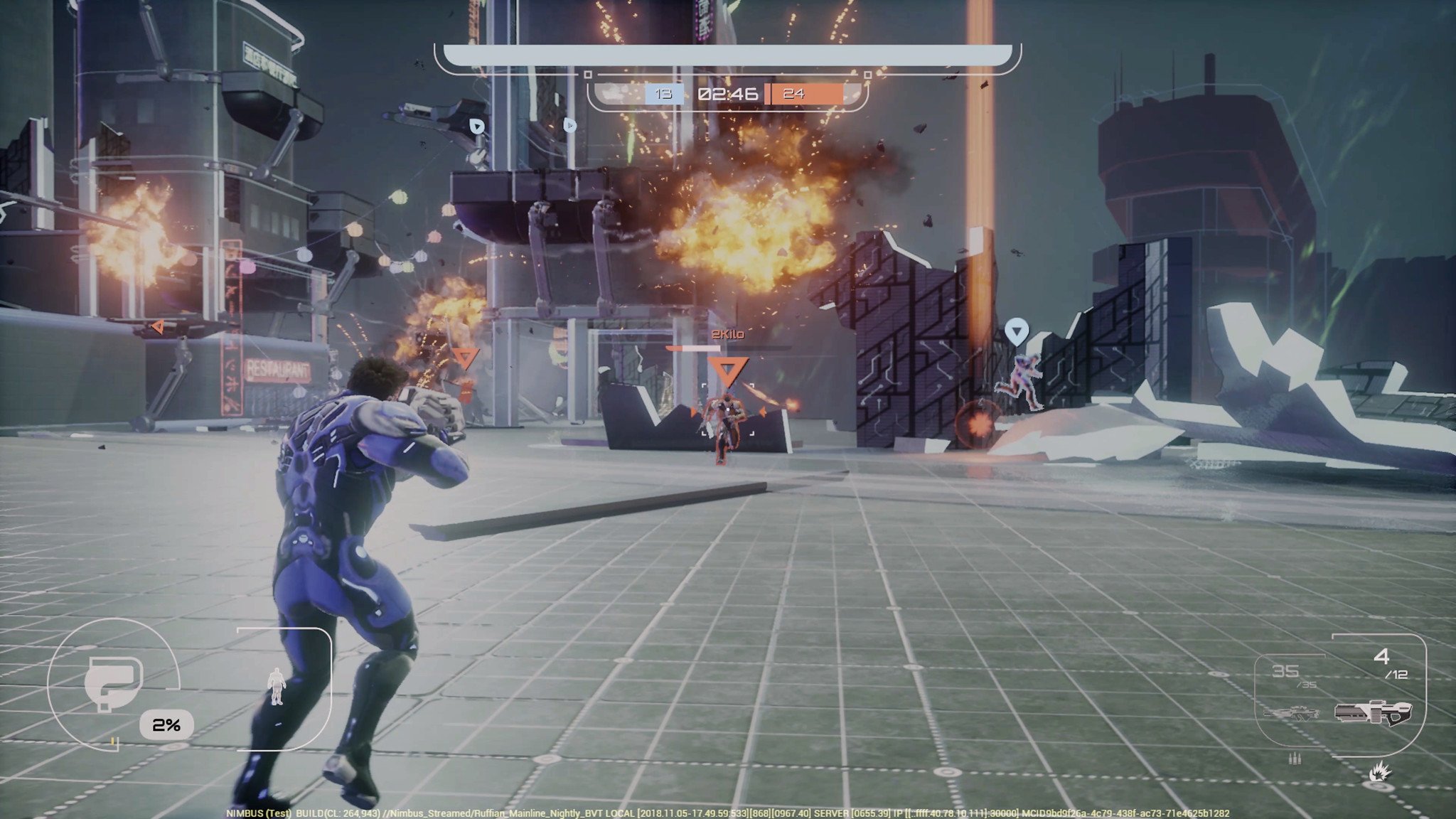
Back when Microsoft originally announced the Xbox One in 2013, the "power of the cloud" became a sort of meme detractors claimed to be nothing but buzzwords or vaporware. With Crackdown 3 around the corner (and having played it myself), it certainly seems like those original promises are about to bear fruit.
I also spoke with Stone about whether Microsoft was right to have talked cloud so early on in the Xbox One messaging:
It maybe wasn't clear back then, but one of the big audiences we were speaking to was not necessarily consumers but developers. I work with the best developers around the world. As part of that, I also get to sit in a leadership role at Xbox thinking about how Xbox, not just as a publisher but as a platform holder, is a great partner for developers. I think that's what I hope to show with Crackdown. There's a journey you have to go through as a platform holder. First, you have to build the platform, make sure that it works. Then you have to sell that vision to developers, [and] then the developers have to go and make the great games.
Crackdown 3 and the future
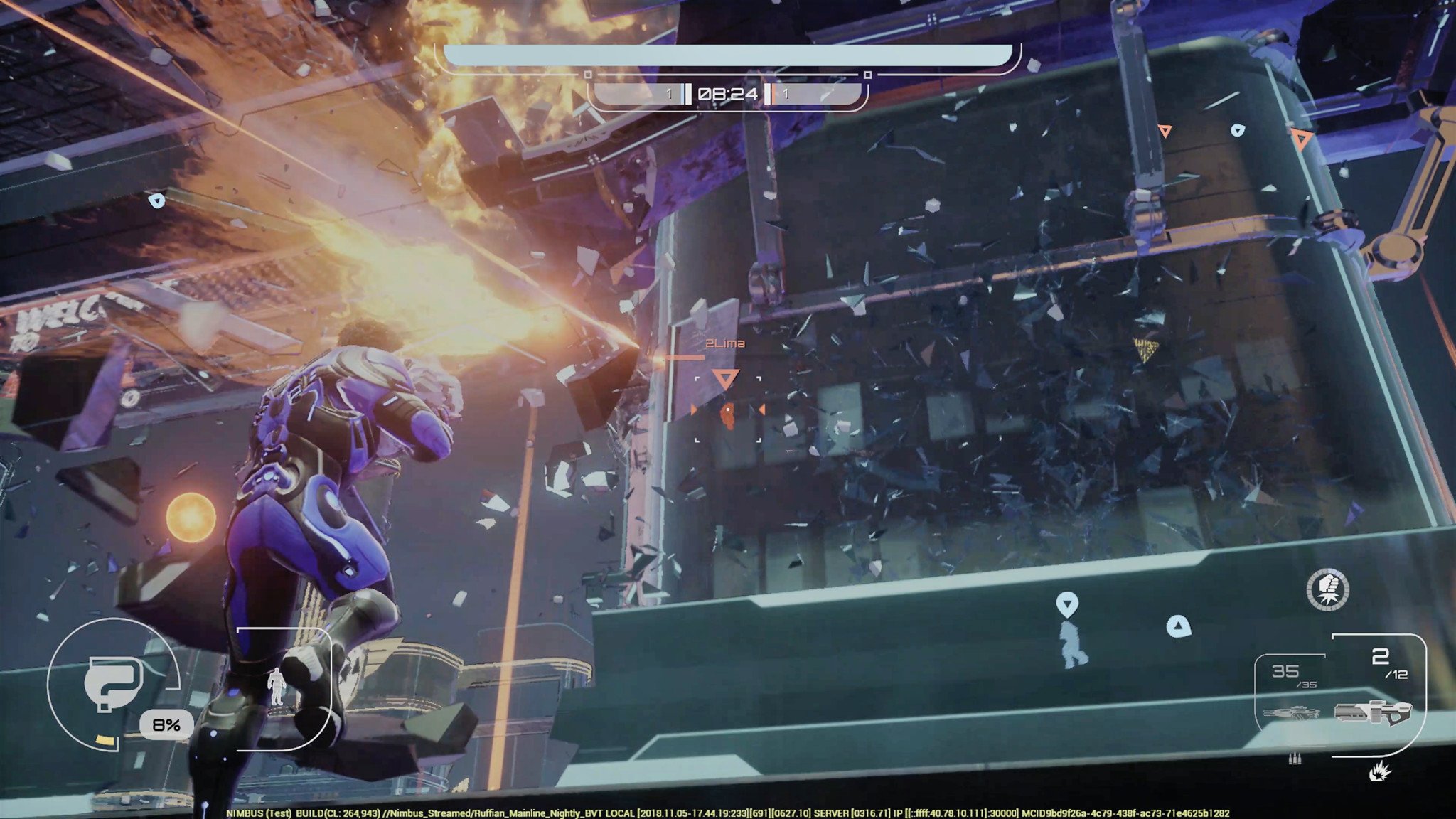
Ultimately Crackdown 3 represents the culmination of an intense amount of engineering prowess that few companies outside of Microsoft can muster, both from a programmatical perspective, and an infrastructure perspective. Whether or not Crackdown 3 goes on to be a hit, it's a proof of concept for a new way of thinking about physics in games, innovating on the back of Azure's near-limitless processing capability.
Microsoft is razer-focused on making Crackdown 3 as good as it can be and hasn't even begun exploring how the tech could be applied to other titles, but the potential is not only obvious it's exciting. Stone agrees:
I want people to have a ton of fun with Crackdown 3, and Wrecking Zone in particular. I think we're going to deliver that. I think we're going to deliver that in no small part because the cloud-based physics really do work. If people take away a larger message of 'Hey, maybe there really is something to this cloud thing,' I'll be happy.
Crackdown 3 is scheduled to be released on February 15, 2019, for Xbox One and Windows 10. It'll be available as part of Xbox Game Pass, which is priced at $9.99 per month.

Jez Corden is the Executive Editor at Windows Central, focusing primarily on all things Xbox and gaming. Jez is known for breaking exclusive news and analysis as relates to the Microsoft ecosystem while being powered by tea. Follow on Twitter (X) and tune in to the XB2 Podcast, all about, you guessed it, Xbox!
